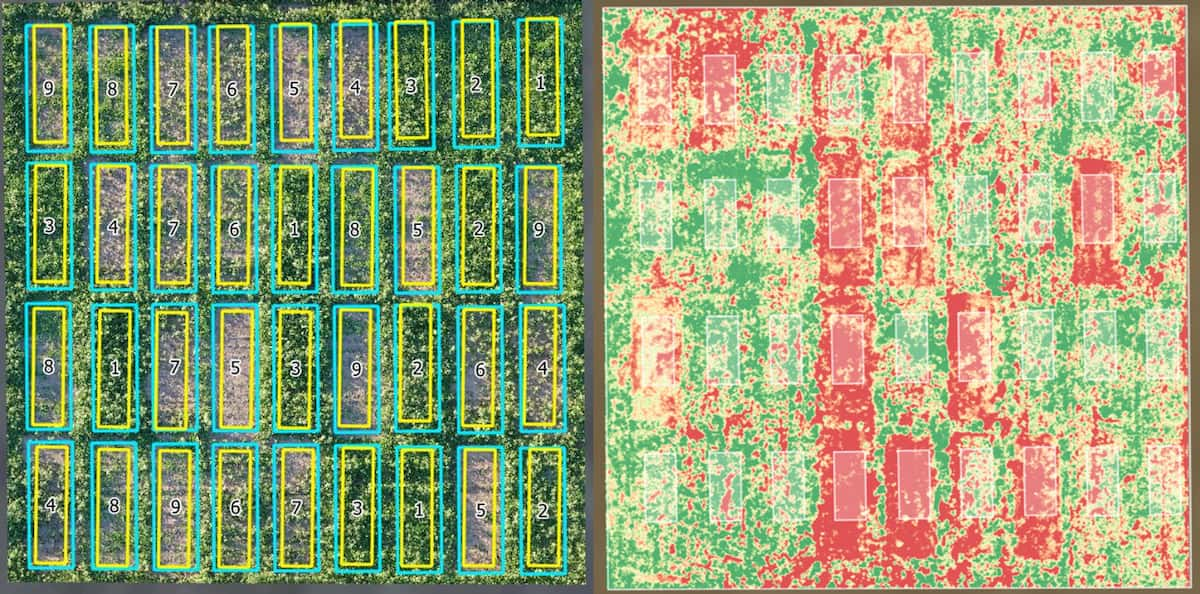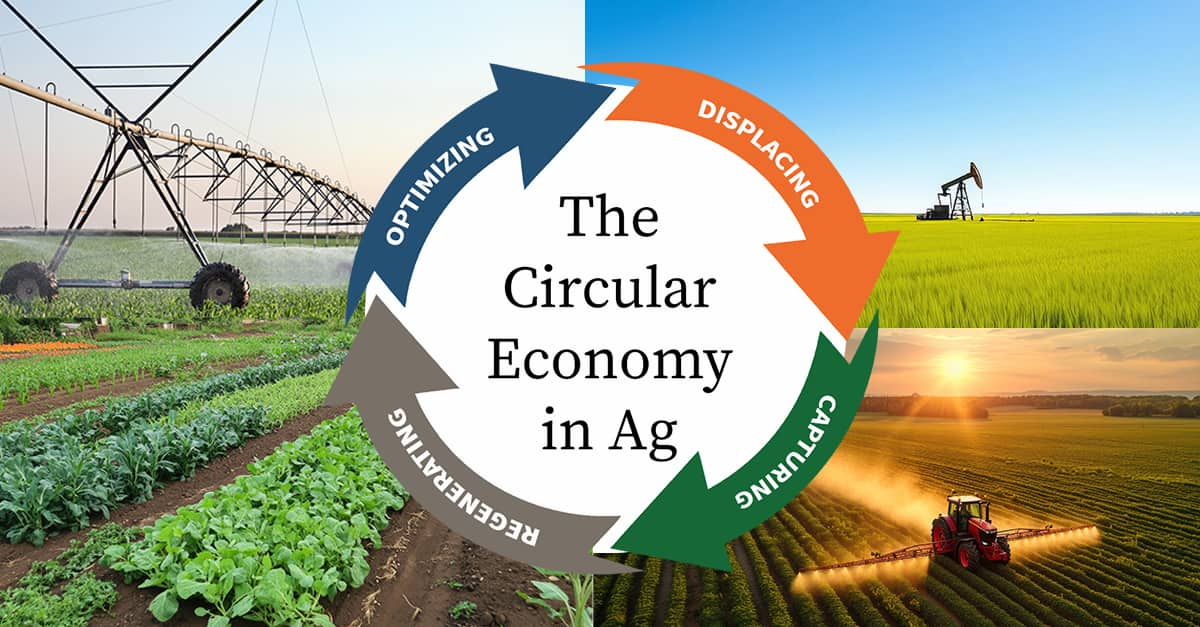The use of digital imagery on farms has been growing steadily over the past few years, especially in regard to precision agriculture. But when used to its fullest extent, digital imagery can be of immense value in product development efforts around the world.
What are the key motivations for incorporating digital images into experimental protocols?
- Objective assessment of crop vigor, health, agronomics and growth vs. traditional visual scores
- Experiment quality control across multiple geographies
- Continuous monitoring of crop growth by treatment across seasons
- Comprehensive data collection in large-scale trials
- Monitoring of trial status through online access to trial imagery
Many novel products, particularly biologicals, may show a subtle visual effect on crops, so they’re much more susceptible to subjectivity in the observer’s assessment. Incorporating digital imagery will provide an objective assessment of crop status to supplement the subjective score. It also adds credibility and durability to the data, and it’s a good tool for assessing experiment quality, especially if experiments are happening in multiple geographies. Additionally, digital imaging allows for effective monitoring of the crop throughout the season, either based on low-cost high-resolution satellite sources or high-precision drone-based images. Typically, data collection on field-scale trials is limited to a few plants or limited soil samples in a small area of the trial strip. Digital imagery allows you to sample the whole field, so you’re dealing with a population of data within the field.
There are three main hierarchies of images ranging from the simplest capture to the most complicated and most insightful.
- Ground-based images – RGB images for greenhouse studies, field studies and root analysis
- Ground-based sensors – NDVI and canopy temperature
- Aerial images – RGB from drones, multispectral from drones, satellite
Digital image analysis is based on the light’s differential reflection on objects, specifically plants and soil, with wavelengths spanning from blue light to the mid-infrared thermal range. The piece AgriThority® uses most commonly is the visual range for digital displays, which is called RGB for red, green and blue color hues and is captured by most low-cost digital cameras, and the close NIR, which refers to the near-infrared wavelengths. While NIR is not visible, it’s very relevant for plant functioning at the leaf because leaves very highly reflect near infrared, whereas water absorbs near infrared, which helps infer the leaf functioning under a wide range of growing conditions.

Lastly, mid-infrared is relevant because the temperature of an object is highly influential in the way that object reflects on the mid-infrared range. Ultimately, leaf temperature is the consequence of leaf transpiration and water status.
By evaluating the digital images in this way, from small scale to whole-field studies, we can more clearly assess the effect of the products we are testing and get a more complete picture of every variable that goes into crop production. This helps to determine the product story: where and how it works best and how it interacts with other variables. As a component of the AgriThority® TrialWerx® large scale trialing model, the digital images provide a much finer scale of analysis vs. the traditional approach based on the evaluation of the entire strip. Through the drone or satellite images, we can first optimize the location of the trial within the field, and then detect any heterogeneities along the season and account for them in our analysis of treatment effects on the crop growth and yield.

AgriThority® has deep expertise in field trial design and protocols that have delivered results for novel innovations across the globe. To learn more about incorporating digital imagery in your field trial protocol, reach out to Ignacio Colonna.
Working with AgriThority® not only improves your chances of successfully going to market, it also adds consistency, efficiency and many years of experience to your product and field development efforts. We accelerate technologies to commercialization. From start-up to established multinational, when you need to augment your development capabilities, add AgriThority® to your team.



